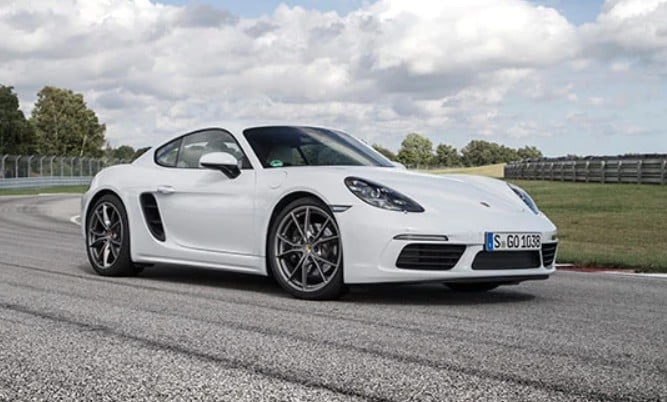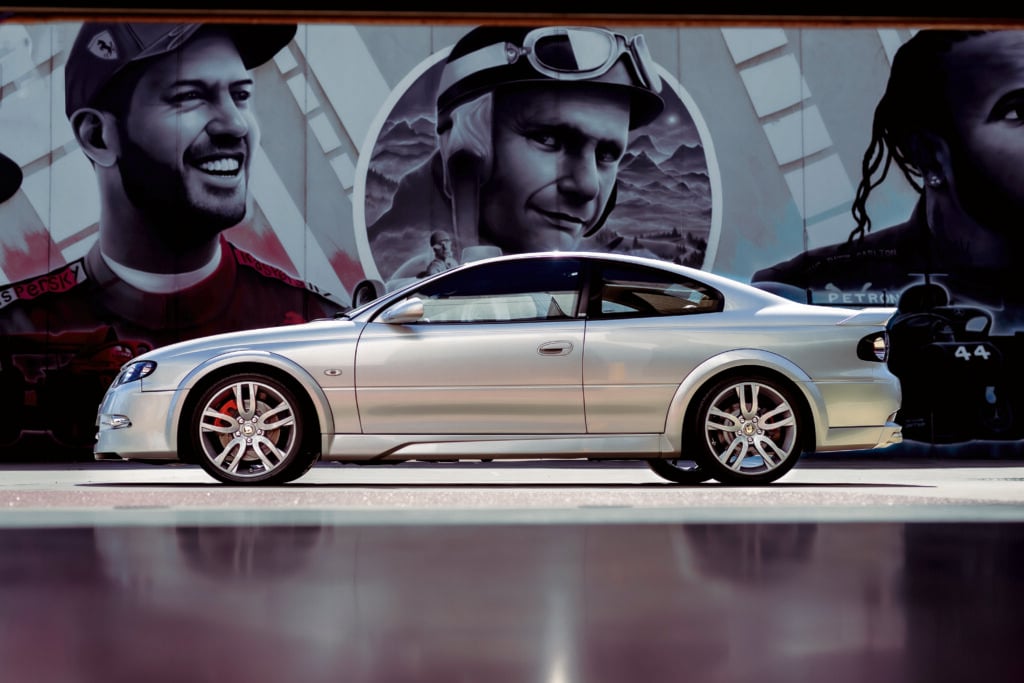Our Fiesta ST is currently on holiday in Broadmeadows. Not that anything broke, but a couple of things meant it had to have a little rest back at Ford’s HQ.
The first thing was the odometer clicked over 15,000km after my second week behind the wheel, so it needed a service.
The second thing was less predictable, but no less cause for a little lie-down. On my way to Lake Gairdner for an outback sojourn, I stopped for fuel at a little town in western Victoria called Wycheproof. This would have been fine had the bloke next to me, towing a big, enclosed trailer, taken a normal left out of the servo – and not a tight one.
The back of the trailer pivoted off the tandem axles and the rear corner of the thing grabbed the Fiesta’s driver’s-side rear quarter. In the process, the sharp edge of the trailer also carved a few grooves into the ST’s alloy wheel.
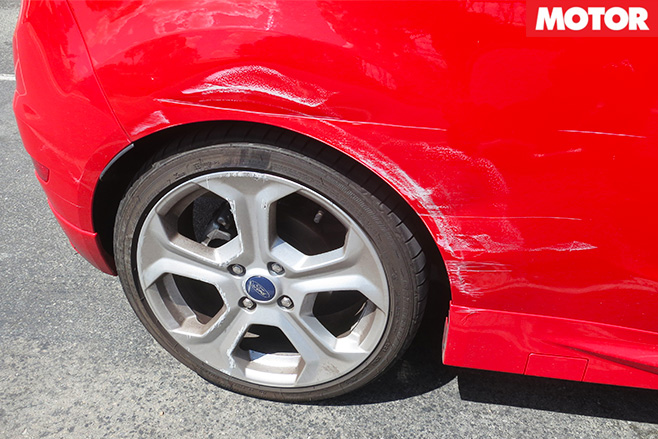
Okay, the ride was pretty firm but if I had to drive a Fiesta ST through the outback every week, I wouldn’t be complaining. A big car might have more interior space (we were two-up with a full load of camping gear, food and drinks for a week), but to even suggest the ST was out of its depth in the wide, brown yonder is just wrong. And shifting back a gear or two to overtake is not necessary.
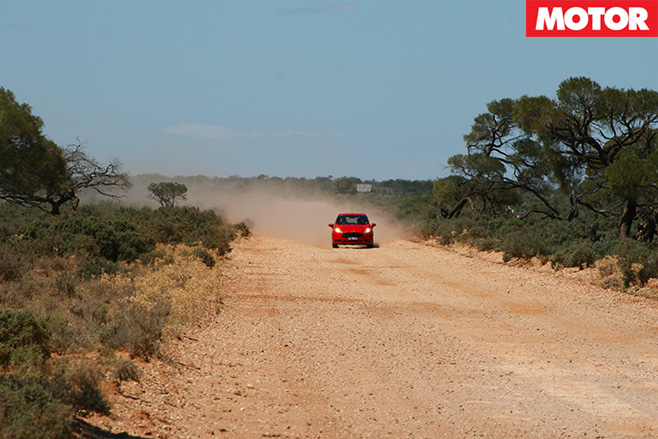
As it is, you’re constantly skipping one gear (straight from fourth to sixth is a popular dance move) which kind of negates the point of all them ratios. But, of course, fuel economy is the explanation for so many cogs.
Speaking of which, all up – over 3000km – the Fiesta averaged 7.1 litres per 100km, that included some slogging through bulldust and over corrugations on the fairly marginal 150km that leads from Iron Knob to Lake Gairdner itself.
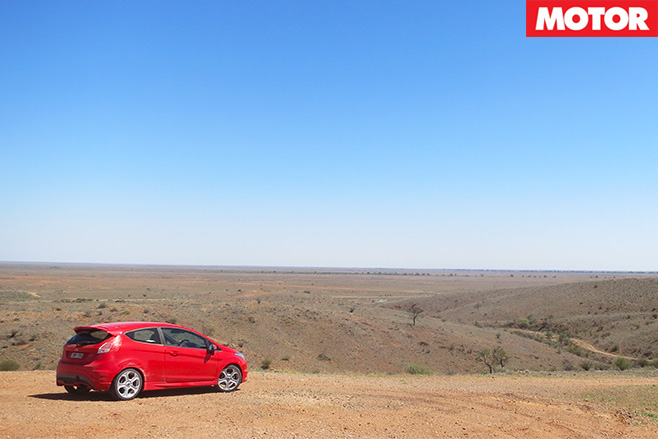
That said, it’s a digital bar-graph read-out, so I’d imagine there’s a fair bit of temp change needed to make it illuminate the next bar.
But we do need to talk about the air-con. Frankly, it’s not very good. Even turned up to 11, it just doesn’t create the gales of chilled air we’ve become accustomed to. Maybe it’d be fine in Europe (and no doubt it is) but in the Aussie outback, it’s outgunned by the climate.
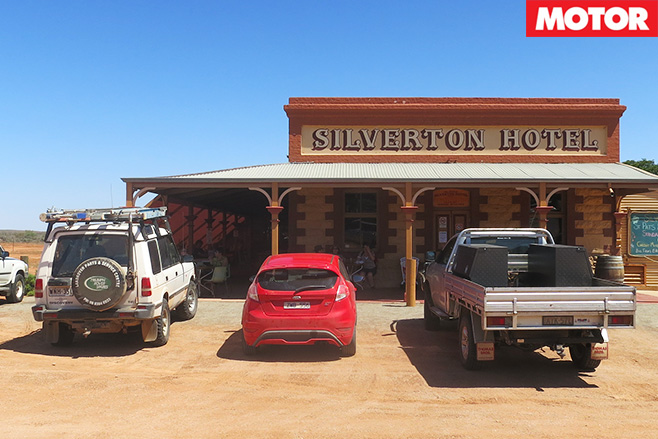
And wouldn’t you know it, the week after I return from the mulga and the rough-arse tracks that cross it, the loaner is a Ranger (loan Ranger, geddit?) complete with four-wheel-drive, long-travel suspension and a turbo-diesel.
Perfect for a run to Lake Gairdner. Typical.
Check out part 1 of the Ford Fiesta ST long term test.




